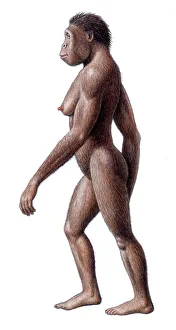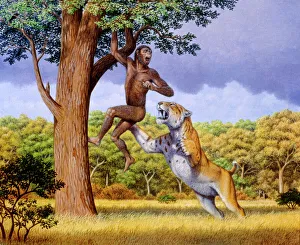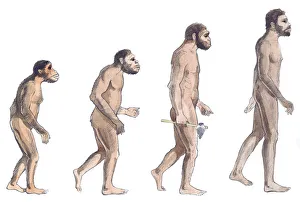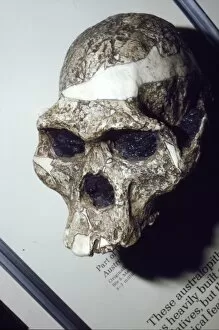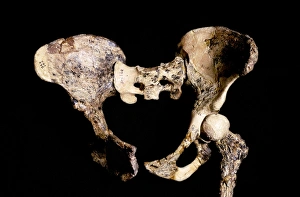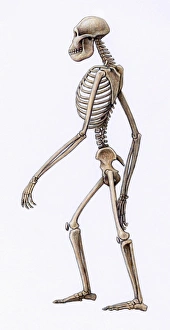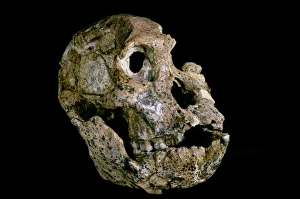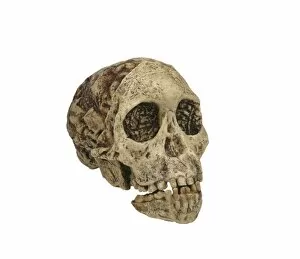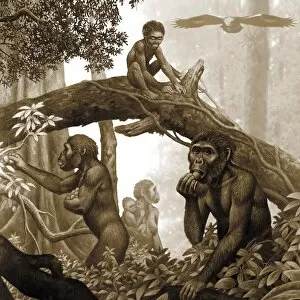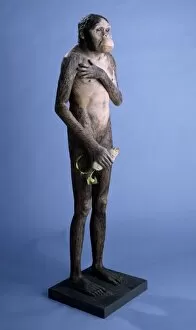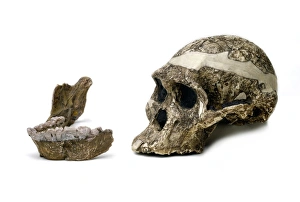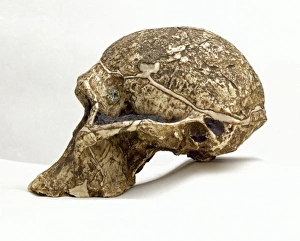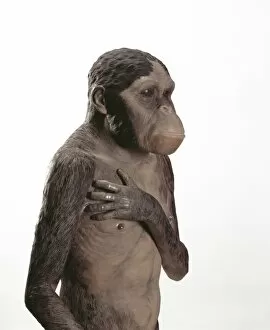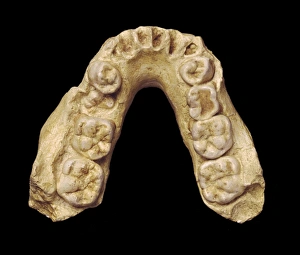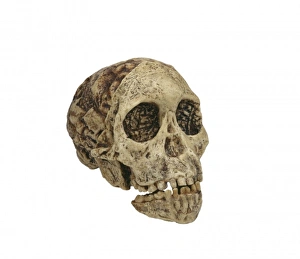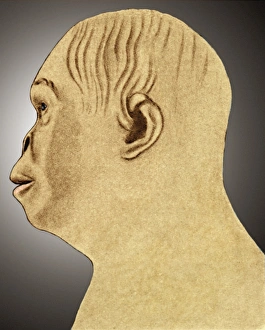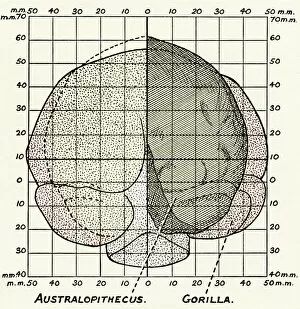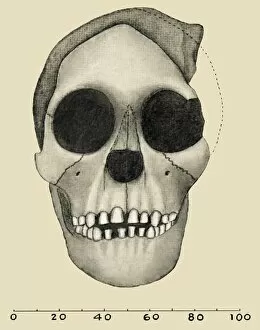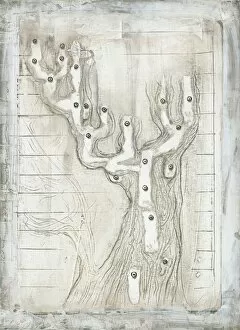Australopithecus Africanus Collection
"Unveiling the Enigmatic Australopithecus africanus: A Journey through Human Evolution" In this captivating illustration
All Professionally Made to Order for Quick Shipping
"Unveiling the Enigmatic Australopithecus africanus: A Journey through Human Evolution" In this captivating illustration, we witness a female Australopithecus africanus standing tall amidst the ancient African landscape. Her existence is marked by both triumph and danger, as she faces an imminent attack from a formidable scimitar cat. As we delve deeper into the story of human evolution, our eyes are drawn to a sequence that unfolds from left to right. It begins with Australopithecus afarensis, known for its iconic discovery "Lucy, " and seamlessly transitions into the remarkable Australopithecus africanus. The skull takes center stage in this narrative. From Sterkfontein, South Africa, dating back 3 to 2 million years BC, it offers invaluable insights into our ancestral past. Its features reveal the cranial capacity and facial structure unique to this species. Among these skulls lies one particularly renowned specimen - Taungs Ape-Man. This fossilized treasure holds secrets about early hominid life and has played a pivotal role in shaping our understanding of human origins. Moving beyond the craniums, we encounter other skeletal remains that shed light on various aspects of Australopithecus africanus' anatomy. The pelvis (STS-14 C015 / 6919) provides clues about locomotion and childbirth practices during their time. Meanwhile, a fossil hip bone showcases adaptations crucial for survival in their environment. Each artifact serves as a testament to our shared history with these enigmatic beings who once roamed Earth's plains millions of years ago. They ignite curiosity within us while reminding us of how far humanity has come on its evolutionary journey. Let us marvel at the resilience embodied by Australopithecus africanus - resilient enough to withstand predatory threats yet fragile enough for scientific inquiry centuries later.

